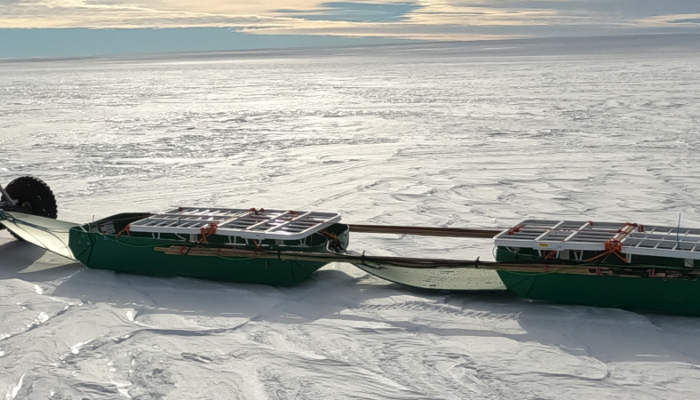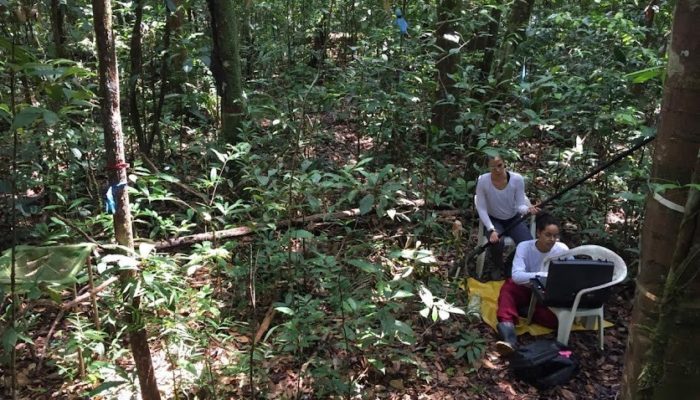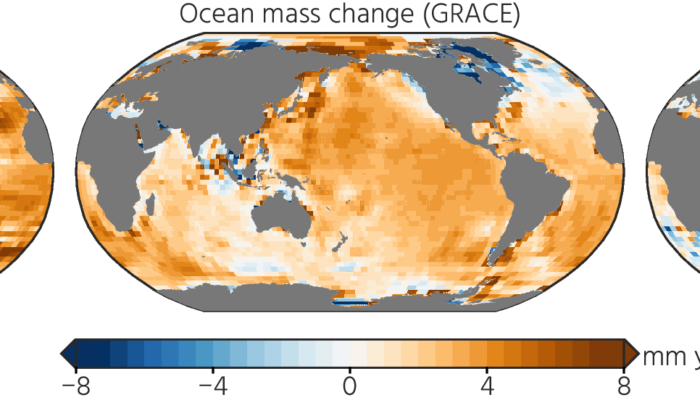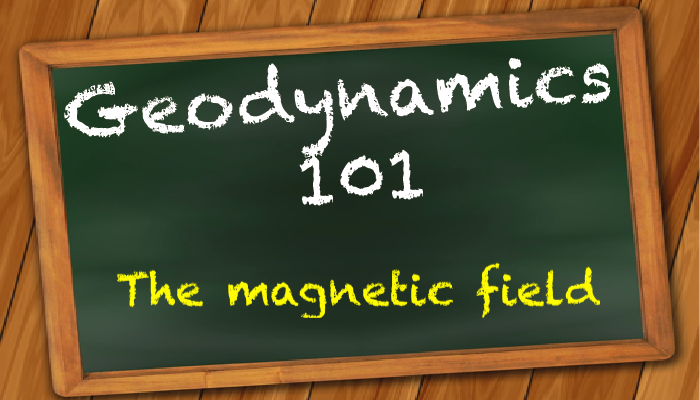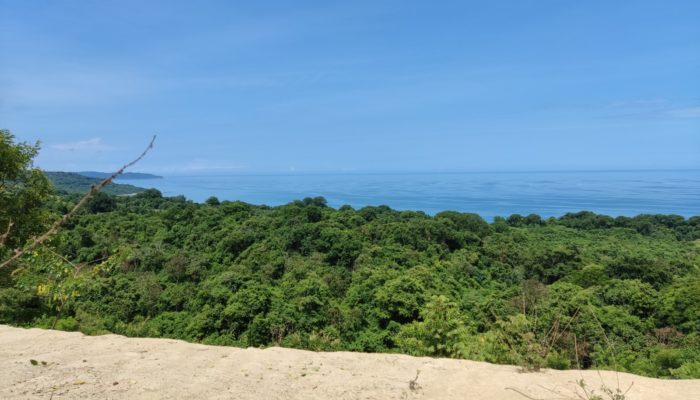On this page, we regularly update open positions in Seismology for early career scientists. Do you have a job on offer? Contact us at ecs-sm@egu.eu Please, note that other available research positions are displayed on the EGU Jobs Portal. Latest open positions: Scientist – Passive Seismic Imaging Institute: GFZ Helmholtz Centre (Potsdam, Germany) Starting: — Duration: 2 Years De ...[Read More]
Natural Hazards
Climate change: let’s talk about adaptive capacity
The ancient Greek philosopher Heraclitus once said, “there is nothing permanent except change”. We are living in an epoch where constant change is the new normal. Unquestionably, climate change is one of the most significant challenges of our time. How can we shape our thinking to become more agile to change, and what attributes do organisations and societies need to increase their cap ...[Read More]
Geodynamics
The Sassy Scientist – Knowns Unknown
We have dealt with impostor syndrome before. Not only on this weekly column, but elsewhere in the EGU blog too. Time and time again early career researchers seem to think their peers are much smarter, promptly neglecting that everyone else has the same feelings. From the bottom of her early-career crisis, Shion asks: How do I convince myself that I know something (even if just a little bit) about ...[Read More]
Cryospheric Sciences
phase-sensitive Radio Echo Sounder, a.k.a. pRES, For Dummies
Greetings! My name is Reza. I’m (still) A PhD candidate in Geophysics and Glaciology at the University of Tübingen in Germany. Today, I will tell you all about a device named pRES, a radar system designed to study ice. Well, pRES and I have had an immense love/hate relationship during the last four years. It is one of the main tools I have used during my PhD, working in the Alps and Antarctica. I ...[Read More]
Geodesy
Celebrating and Recognizing Our Postdocs: Beyond Postdoc Appreciation Week
With Postdoc Appreciation Week coming to a close, we wanted to know a little bit about postdocs in Geodesy and Geosciences! To see how their life-work balance situation and outlook on their professional future is, we put together a short survey. If you are unfamiliar with Postdoc Appreciation Week, here is a quick summary: Initially, it was an initiative by the National Postdoc Association in the ...[Read More]
Geochemistry, Mineralogy, Petrology & Volcanology
Motherhood in Geochemistry, Mineralogy, Petrology & Volcanology Sciences
Are you a mother in the fields of Geochemistry, Mineralogy, Petrology or Volcanology? Are you about to become a mother soon or have you just started to consider it? How many times have you considered it but thought that it wasn’t the right time? Starting a family can be challenging as it is, but juggling between starting one while managing a career in Academia can be frustrating and hard, especial ...[Read More]
Biogeosciences
The hidden importance of Amazon forests
Figure 1. Minirhizotron image acquisition in the field near Manaus, Brazil (photo credit Caroline Miron From different parts of continental Brazil, now working in different areas of Germany, we, three women scientists, share one more thing in common: our interest in making the hidden importance of the Amazon forest visible. In other words, we are root-nerds! Studying something that cannot i ...[Read More]
Geodesy
Want to really understand sea-level rise? Bring in the geodesists!
A remarkably large number of papers and proposals have sentences like “this study is critical to better project future sea-level rise” in their introduction. Most times this is just marketing to trick reviewers and program managers into believing the work is important. On the other hand, geodetic papers and proposals have some compelling reasons to use this statement: a lot of geodetic tech ...[Read More]
Geodynamics
The invisible shield from the centre of the Earth
The Earth’s magnetic field plays a prominent role in our everyday life. From birds and bees to many modern-day technologies rely on the magnetic field, and yet, our understanding on its long- and short-term behavior is far from complete. In this week’s post, Annique van der Boon shows how geology and paleomagnetic studies can help us in understanding the long-term activity of EarthR ...[Read More]
Seismology
Seismic Field Work at the Equator
Benedikt Braszus – PhD student at Karlsruhe Institute of Technology, Germany – takes us on a seismic field trip to tropcial Ecuador. Scientists from Géoazur (CNRS/IRD/Observatoire de la Côte d’Azur/Université de la Côte d’Azur), Karlsruhe Institute of Technology, Instituto Geofísico / Escuela Politécnica Nacional (IG-EPN, Quito), Instituto Oceanográfico de la Armada del Ecuador ...[Read More]




